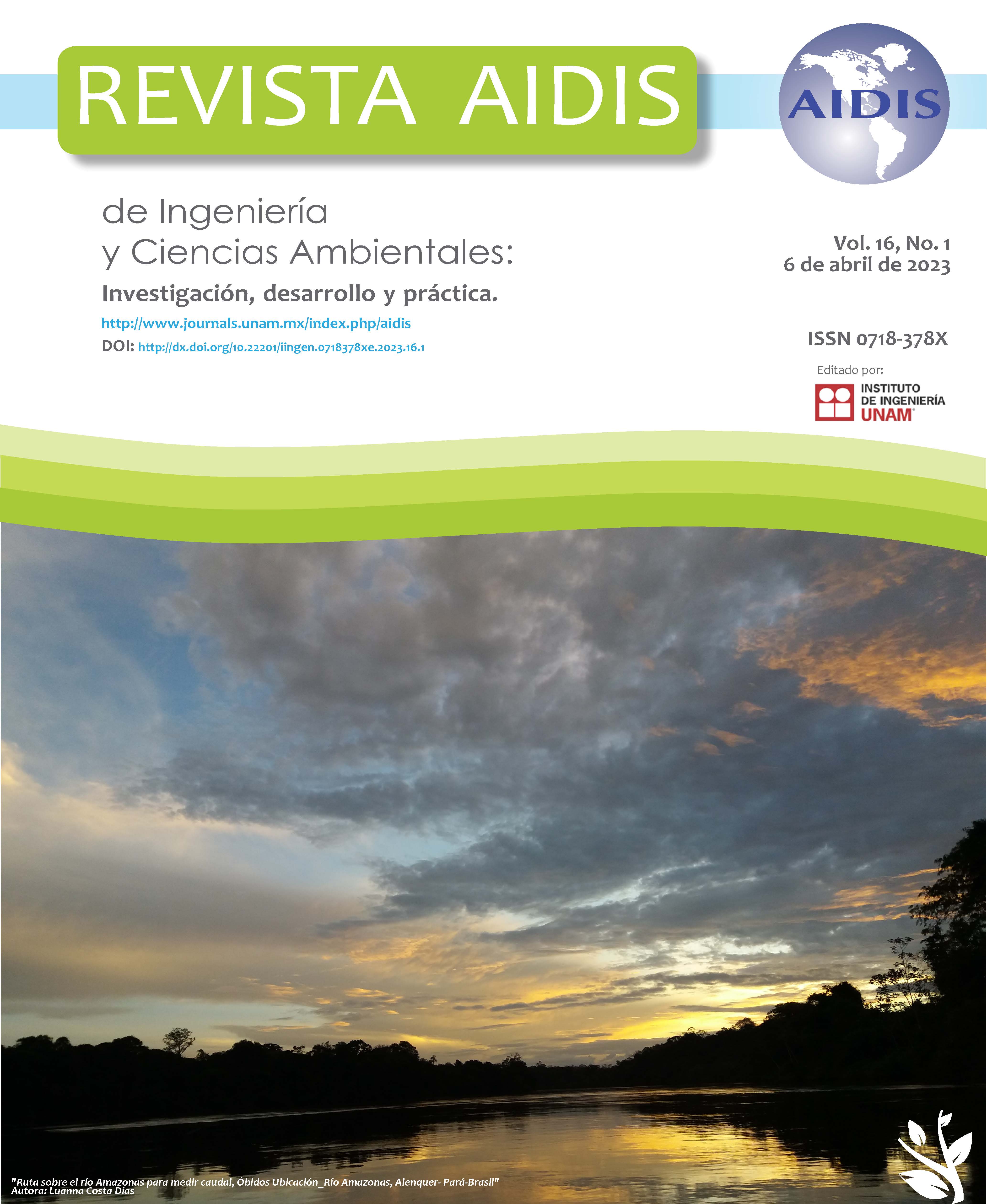ACTION OF FUNGI IN THE REMOVAL OF METALS FROM WASTEWATER AND ENVIRONMENTAL COMPARTMENTS: A REVIEW
Main Article Content
Abstract
Metal-rich effluents are very common and cause great concern, although these elements are easily found in nature, they appear in very small concentrations. Thus, from anthropic actions, the metals end up being disposed in encironments where they would be easily found and with high concentrations, in a way that it's necessary these pollutants are treated in an adequate and sustainable way. There are several methods for metal removsal, them being chemical, physical and biological. The metal adsorption is on of the most used treatment method for metal removal from liquid media due to its simplicity, ease operation and cost-efectiveness, especially if the adsorbent used is abundant. The adsorption process, when using a biological adsorbent, is called biosorption/bioaccumulation, which, in addition to the advantages already mentioned, expands the possibilities with the use of organic waste, living or dead organisms or other low-cost material. The objective of the present review is to carry out a survey regarding the removal of metals by biosorption and bioaccumulation. The processes known as biosorption and bioaccumulation have gained much prominence in the last two decades due to good results in the removal and recovery of metal ions. Nowadays several types of biosorbents are used, such as organic waste from industrial segments, precisely because it is a sector that produces waste in abundance. In addition to waste, plants and microorganisms are also widely used in metal removal processes. Fungal biomass, living or dead, plays a very important role in this treatment process. They have a great ability to adsorb metals in aqueous media and, when it comes to living biomass, their versatility and ability to resist and adapt to different concentrations of metals can be taken into account. Additionally, metabolism in the bioaccumulation process can be one more tool in the treatment process. The Aspergillus and Penicillium genera are one of the most used ones for the removal of various metals isolated or in solutions with removal efficiencies that, according to the studies observed, could range from 28 to 99%. That being said, it is important to study and select fungal strains capable of promoting the removal of various metals in different concentrations, with the intention of reducing the impacts caused by effluents contaminated with them.
Article Details
Citas en Dimensions Service

This work is licensed under a Creative Commons Attribution-NonCommercial-NoDerivatives 4.0 International License.
